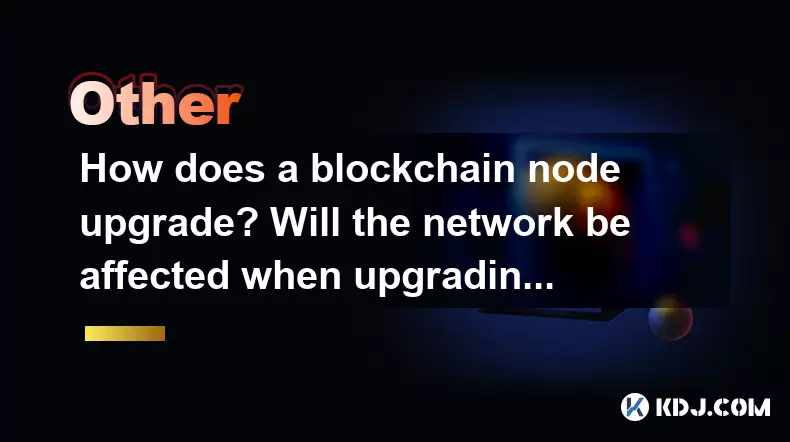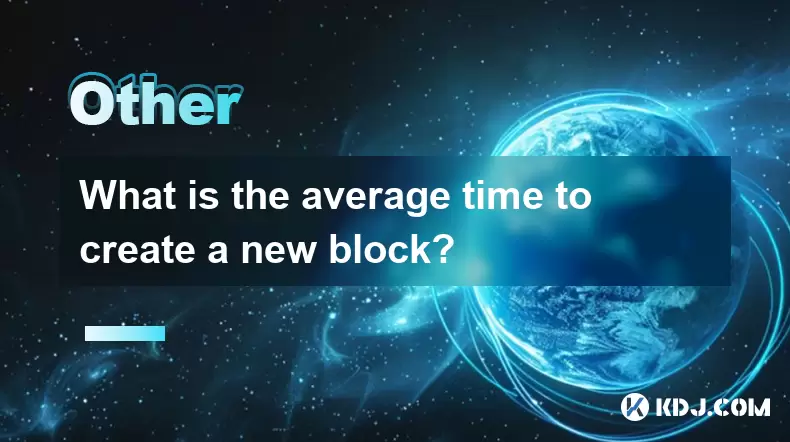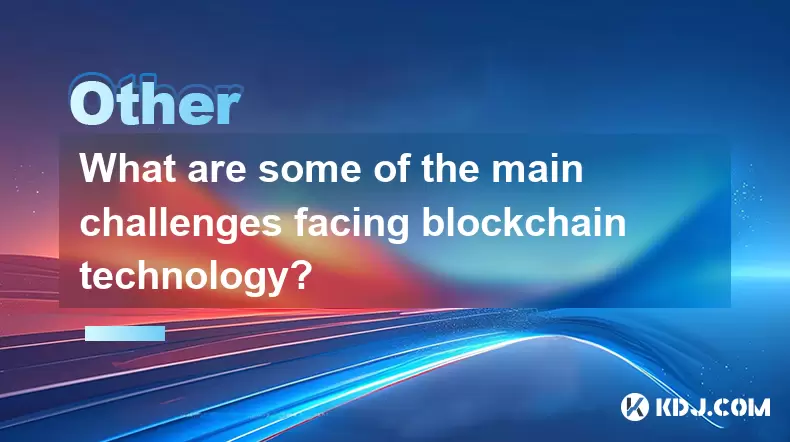-
 Bitcoin
Bitcoin $117500
2.15% -
 Ethereum
Ethereum $3911
6.19% -
 XRP
XRP $3.316
10.79% -
 Tether USDt
Tether USDt $1.000
0.01% -
 BNB
BNB $787.2
2.24% -
 Solana
Solana $175.2
4.15% -
 USDC
USDC $0.9999
0.00% -
 Dogecoin
Dogecoin $0.2225
8.40% -
 TRON
TRON $0.3383
0.28% -
 Cardano
Cardano $0.7868
6.02% -
 Stellar
Stellar $0.4382
9.34% -
 Hyperliquid
Hyperliquid $40.92
7.56% -
 Sui
Sui $3.764
7.63% -
 Chainlink
Chainlink $18.48
10.66% -
 Bitcoin Cash
Bitcoin Cash $582.1
1.88% -
 Hedera
Hedera $0.2601
6.30% -
 Avalanche
Avalanche $23.33
4.94% -
 Ethena USDe
Ethena USDe $1.001
0.02% -
 Litecoin
Litecoin $122.3
2.04% -
 UNUS SED LEO
UNUS SED LEO $8.969
-0.27% -
 Toncoin
Toncoin $3.339
0.86% -
 Shiba Inu
Shiba Inu $0.00001287
4.30% -
 Uniswap
Uniswap $10.43
7.38% -
 Polkadot
Polkadot $3.861
5.08% -
 Dai
Dai $1.000
0.02% -
 Bitget Token
Bitget Token $4.513
3.41% -
 Monero
Monero $267.7
-6.18% -
 Cronos
Cronos $0.1499
4.14% -
 Pepe
Pepe $0.00001110
5.15% -
 Aave
Aave $284.9
8.28%
How does a blockchain node upgrade? Will the network be affected when upgrading?
Upgrading a blockchain node involves downloading new software, backing up data, stopping the node, installing the update, and restarting to ensure network security and efficiency.
May 15, 2025 at 04:43 pm

Introduction to Blockchain Node Upgrades
Upgrading a blockchain node is a crucial process that ensures the network remains secure, efficient, and capable of handling new features and improvements. Blockchain nodes are the backbone of any decentralized network, responsible for validating transactions, maintaining the integrity of the ledger, and communicating with other nodes. When a node undergoes an upgrade, it is essential to understand how this process works and what impact it might have on the overall network.
The Process of Upgrading a Blockchain Node
Upgrading a blockchain node involves several steps, each of which must be carefully executed to ensure a smooth transition. The process typically begins with the node operator receiving notification of a new software version from the blockchain's development team. This notification usually includes detailed instructions on how to perform the upgrade.
Download the New Software: The first step is to download the new software version from the official repository. It is crucial to verify the integrity of the download using checksums or digital signatures to ensure it has not been tampered with.
Backup Current Data: Before proceeding with the upgrade, it is advisable to create a backup of the current node data. This step ensures that in case of any issues during the upgrade, the node can be restored to its previous state.
Stop the Node: The node must be stopped before the upgrade can be applied. This step prevents any data corruption or inconsistencies during the update process.
Install the New Software: Once the node is stopped, the new software can be installed. This process varies depending on the blockchain platform but generally involves replacing the old binaries with the new ones.
Restart the Node: After the new software is installed, the node can be restarted. It is essential to monitor the node closely after the restart to ensure it is functioning correctly and syncing with the network.
Verify the Upgrade: The final step is to verify that the upgrade was successful. This can be done by checking the node's version and ensuring it is communicating correctly with other nodes on the network.
Impact on the Network During Upgrades
When a single node undergoes an upgrade, the impact on the overall network is typically minimal. Blockchain networks are designed to be resilient, with multiple nodes working together to maintain the integrity of the ledger. However, the impact can vary depending on the size of the network and the role of the node being upgraded.
Small Networks: In smaller networks, upgrading a node might temporarily affect the network's performance if the node plays a significant role, such as being a validator or a major relay node.
Large Networks: In larger networks, the impact of upgrading a single node is usually negligible. The network can continue to function smoothly as other nodes take over the responsibilities of the node being upgraded.
Simultaneous Upgrades: If multiple nodes are upgraded simultaneously, especially if they are critical nodes, it could lead to temporary disruptions. Coordinating upgrades across the network is essential to minimize such risks.
Types of Upgrades and Their Effects
Blockchain upgrades can be categorized into two main types: soft forks and hard forks. Each type has different implications for the network.
Soft Forks: A soft fork is a backward-compatible upgrade that does not require all nodes to upgrade immediately. Nodes running the old software can still participate in the network, albeit with limited functionality. Soft forks are generally less disruptive and easier to implement.
Hard Forks: A hard fork is a non-backward-compatible upgrade that requires all nodes to upgrade to the new software version. Nodes that do not upgrade will no longer be part of the network and may form a separate blockchain. Hard forks can be more disruptive but are necessary for significant changes to the protocol.
Ensuring a Smooth Upgrade Process
To ensure a smooth upgrade process, node operators and blockchain developers must work together to minimize potential disruptions. Here are some best practices:
Communication: Clear and timely communication from the development team about upcoming upgrades is crucial. Node operators should be informed well in advance and provided with detailed instructions.
Testing: Before rolling out an upgrade to the main network, it should be thoroughly tested on a testnet. This step helps identify and resolve any issues that could affect the live network.
Coordination: Coordinating the timing of upgrades across the network can help prevent simultaneous upgrades that might lead to disruptions. Staggering upgrades can ensure the network remains stable.
Monitoring: Continuous monitoring of the network during and after upgrades is essential. Any issues that arise should be addressed promptly to maintain the network's integrity.
Challenges and Considerations
Upgrading a blockchain node is not without challenges. Node operators must consider several factors to ensure a successful upgrade.
Compatibility: Ensuring that the new software is compatible with existing hardware and other software components is crucial. Incompatibility can lead to node failures and network disruptions.
Security: Upgrades can introduce new vulnerabilities if not properly tested. Ensuring the security of the new software is paramount to maintaining the network's integrity.
User Impact: For nodes that provide services to users, such as wallet nodes, it is important to consider the impact on users. Any downtime or changes in functionality should be communicated clearly to avoid confusion and frustration.
Rollback Plans: Having a rollback plan in place is essential. In case of unforeseen issues, the ability to revert to a previous version can prevent prolonged disruptions.
Frequently Asked Questions
Q: Can a node operator choose not to upgrade their node?
A: Yes, a node operator can choose not to upgrade their node. However, this decision depends on the type of upgrade. For soft forks, nodes can continue to operate with limited functionality. For hard forks, nodes that do not upgrade will no longer be part of the original network and may form a separate blockchain.
Q: How long does it typically take to upgrade a blockchain node?
A: The duration of a node upgrade can vary depending on several factors, including the size of the blockchain, the complexity of the upgrade, and the node's hardware capabilities. Generally, the process can take anywhere from a few minutes to several hours.
Q: What should a node operator do if they encounter issues during the upgrade?
A: If a node operator encounters issues during the upgrade, they should first refer to the detailed instructions provided by the development team. If the issue persists, they can seek help from the community forums or support channels. In case of critical issues, having a backup and a rollback plan can help restore the node to its previous state.
Q: Are there any tools available to automate the node upgrade process?
A: Yes, some blockchain platforms offer tools and scripts to automate the node upgrade process. These tools can simplify the process and reduce the risk of human error. However, it is still important for node operators to understand the upgrade process and monitor the node closely during and after the upgrade.
Disclaimer:info@kdj.com
The information provided is not trading advice. kdj.com does not assume any responsibility for any investments made based on the information provided in this article. Cryptocurrencies are highly volatile and it is highly recommended that you invest with caution after thorough research!
If you believe that the content used on this website infringes your copyright, please contact us immediately (info@kdj.com) and we will delete it promptly.
- Bitcoin, Meme ICOs, and FOMO: Catching the Next Crypto Wave
- 2025-08-08 18:30:34
- OM, Investment, and Growth: Decoding the Latest Trends in Digital Assets
- 2025-08-08 18:30:34
- SNEK, Cardano, and the Contributor's Conundrum: A Meme Coin's Fight for Recognition
- 2025-08-08 16:30:12
- Toshi Crypto's Wild Ride: Rally, Demand Slump, and What's Next
- 2025-08-08 16:30:12
- Ethereum, Staking Yields, and DeFi Exposure: A New Era for Investors?
- 2025-08-08 15:10:12
- Unilabs Pumps MIA, Binance Coin Bouncing Back, and Ethereum's Bearish Blues
- 2025-08-08 15:10:12
Related knowledge

What is the purpose of a nonce in mining?
Aug 04,2025 at 05:56pm
Understanding the Role of a Nonce in Cryptocurrency MiningIn the world of cryptocurrency mining, the term nonce stands for 'number used only once.' Th...

Can data on a blockchain be deleted?
Aug 05,2025 at 04:00am
Understanding Blockchain ImmutabilityThe core principle behind most blockchain systems is immutability, which means that once data is recorded onto th...

What is the difference between on-chain and off-chain transactions?
Aug 02,2025 at 04:22pm
Understanding On-Chain TransactionsOn-chain transactions refer to digital asset transfers that are recorded directly on a blockchain ledger. These tra...

What is the average time to create a new block?
Aug 06,2025 at 09:21pm
Understanding Block Creation in Blockchain NetworksThe average time to create a new block varies significantly depending on the specific blockchain pr...

How are blocks linked together?
Aug 04,2025 at 06:56am
Understanding the Structure of a BlockchainA blockchain is a decentralized digital ledger composed of a sequence of blocks, each containing a list of ...

What are some of the main challenges facing blockchain technology?
Aug 07,2025 at 02:58am
Scalability Constraints in Blockchain NetworksOne of the most persistent challenges in blockchain technology is scalability. As blockchain networks gr...

What is the purpose of a nonce in mining?
Aug 04,2025 at 05:56pm
Understanding the Role of a Nonce in Cryptocurrency MiningIn the world of cryptocurrency mining, the term nonce stands for 'number used only once.' Th...

Can data on a blockchain be deleted?
Aug 05,2025 at 04:00am
Understanding Blockchain ImmutabilityThe core principle behind most blockchain systems is immutability, which means that once data is recorded onto th...

What is the difference between on-chain and off-chain transactions?
Aug 02,2025 at 04:22pm
Understanding On-Chain TransactionsOn-chain transactions refer to digital asset transfers that are recorded directly on a blockchain ledger. These tra...

What is the average time to create a new block?
Aug 06,2025 at 09:21pm
Understanding Block Creation in Blockchain NetworksThe average time to create a new block varies significantly depending on the specific blockchain pr...

How are blocks linked together?
Aug 04,2025 at 06:56am
Understanding the Structure of a BlockchainA blockchain is a decentralized digital ledger composed of a sequence of blocks, each containing a list of ...

What are some of the main challenges facing blockchain technology?
Aug 07,2025 at 02:58am
Scalability Constraints in Blockchain NetworksOne of the most persistent challenges in blockchain technology is scalability. As blockchain networks gr...
See all articles

























































































